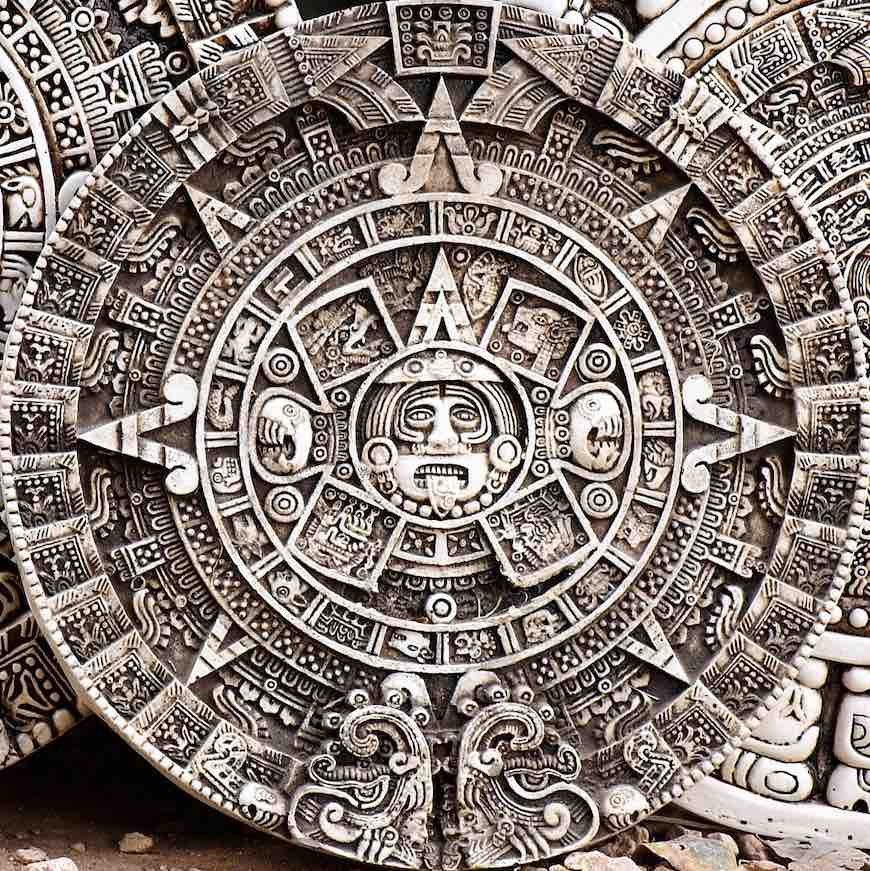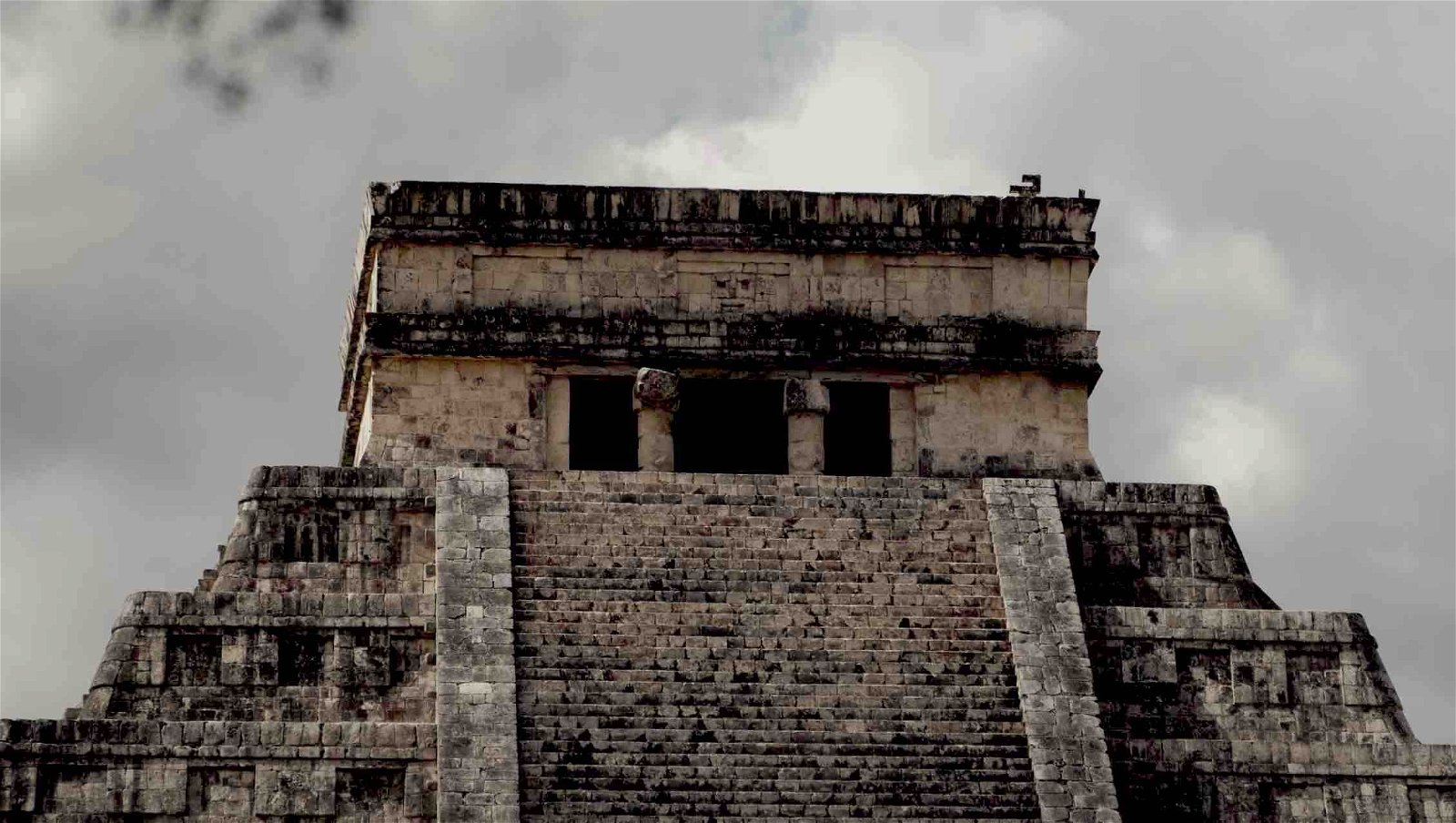One of the great mysteries of ancient Mesoamerica may have finally been solved, according to a pair of anthropologists who have made a discovery that offers new insights into the workings of the ancient Mayan calendar.
Responsible for some of the most advanced innovations in the ancient Americas, the Maya civilization produced sophisticated systems of writing, as well as architecture that still adorns much of Mesoamerica. However, perhaps two of the most enigmatic achievements of the ancient Maya were their 819-day calendar and precocious astronomical system.
Now, according to anthropologists John Linden, a Tulane alumnus, and Victoria Bricker, Ph.D., professor emerita with Tulane University’s School of Liberal Arts, the famous calendar of the Mayans has been found to perfectly align with the time between each planet’s alignment with the sun, otherwise known as synodic periods, for every visible planet in our solar system over 20 cycles, comprising a period of close to 45 years.


Previously, it was believed that the calendar aligned with only four cycles. “Although prior research has sought to show planetary connections for the 819-day count, its four-part, color-directional scheme is too short to fit well with the synodic periods of the visible planets,” the pair of researchers wrote in a recent paper detailing their findings.
“By increasing the calendar length to 20 periods of 819 days a pattern emerges in which the synodic periods of all the visible planets commensurate with station points in the larger 819-day calendar,” they add.
The new findings appear to provide ample support for the contention that the Maya possessed more advanced astronomical knowledge than past findings have been able to convey.
During a 20-cycle period, each of the visible planets—Mercury, Mars, Venus, Saturn, and Jupiter—goes through a series of synodic periods. Although the number of synodic periods differs for each planet, they all go through sets of periods comprising whole numbers: Mercury is the only planet that has one that happens a whole number of times every cycle, whereas Venus occurs every five, Saturn every six, Jupiter every 19, and Mars every 20 cycles.
Combining the cycles, Bricker and Linden say that they found they could predict not only the placement of the planets with surprising accuracy but also that such alignments were found to coincide with significant celebratory dates in Mayan tradition.
Linden and Bricker’s paper, “The Maya 819-Day Count and Planetary Astronomy,” appeared on April 18, 2023, in the journal Ancient Mesoamerica.
Micah Hanks is the Editor-in-Chief and Co-Founder of The Debrief. He can be reached by email at micah@thedebrief.org. Follow his work at micahhanks.com and on Twitter: @MicahHanks.

